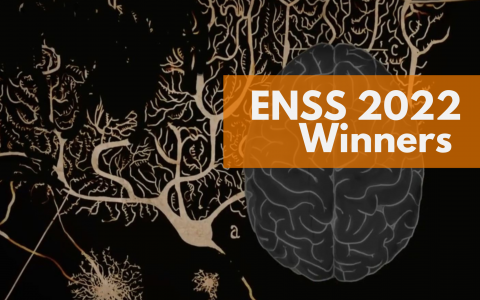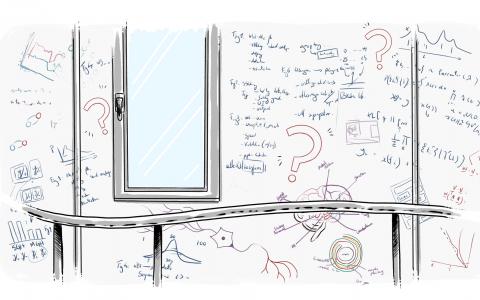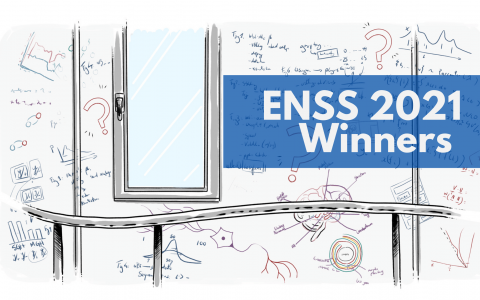
Channelling sensory cues to sensory pathways
An interview with Dr Teresa Guillamón Vivancos, Instituto de Neurociencias de Alicante, conducted by April Cashin-Garbutt
How does the brain process sensory information from the world around us? In the first Emerging Neuroscientists Seminar Series (ENSS) talk of 2022, Dr Teresa Guillamón Vivancos shared her work on the input-dependent segregation of visual and somatosensory circuits in the mouse superior colliculus. In this Q&A she delves into the SWC ENSS initiative and shares more about her research in sensory perception.
What prompted you to apply for the SWC Emerging Neuroscientists Seminar Series (ENSS)? How useful has the experience been?
I received an email from someone in my institute about the SWC ENSS initiative. I had never seen anything like this before and I was excited to apply. It has been a great experience and I was pleased to see so many people engaging with my talk and asking questions. I have also had the opportunity to meet lots of neuroscientists in London and I have really enjoyed the informal talks.
What advice would you give to those considering applying to ENSS 2023?
Firstly, apply! One of the greatest things about this initiative is that they blind the selection process, so the ENSS committee doesn’t know what lab you are coming from or what journals you have published your research in. This initiative gives you the chance to show that your research really matters, which I think is awesome, especially for young scientists who are trying to start an independent career.
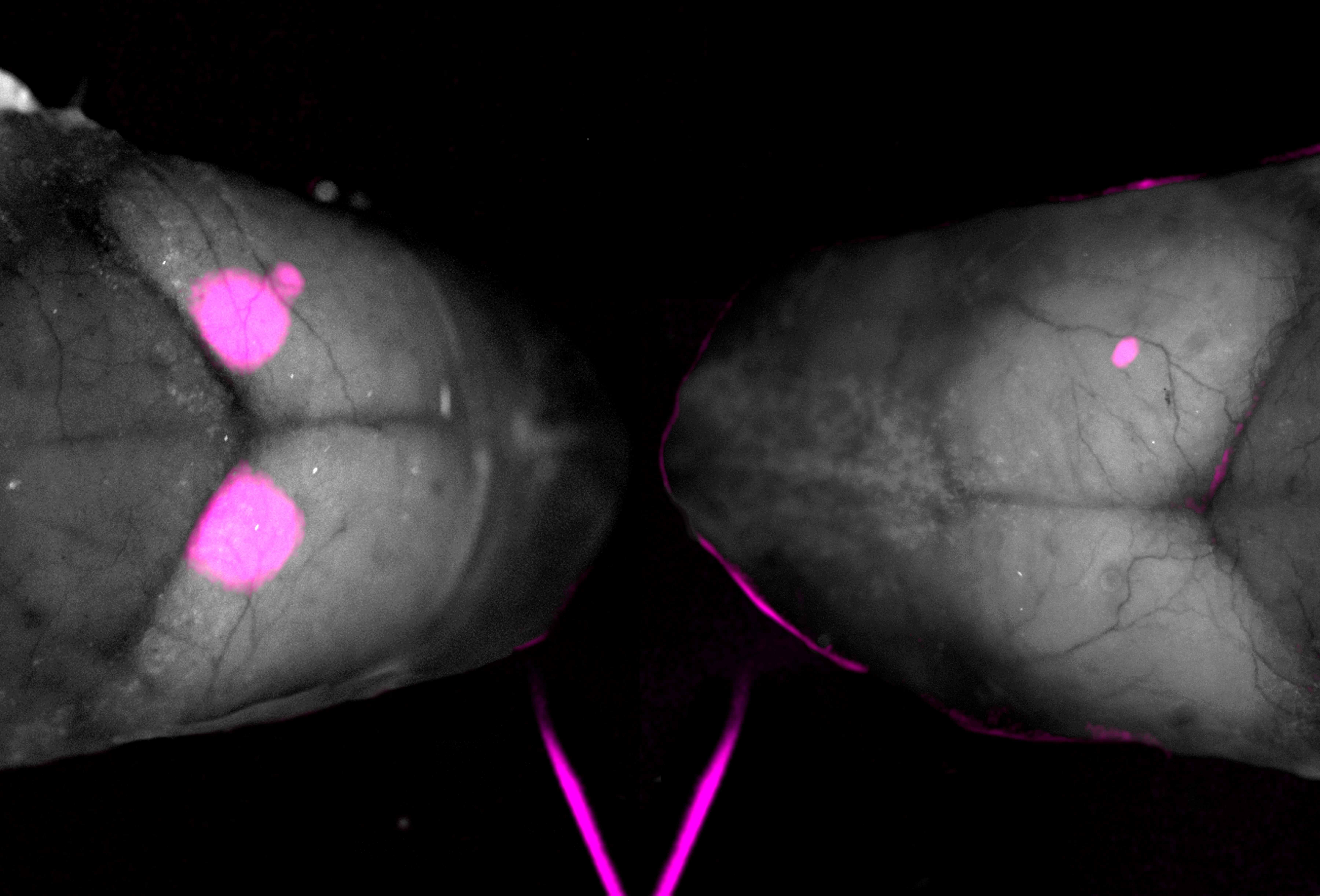
Cortical calcium responses evoked in P0 mice in the absence of retinal waves (left) and in a normal sight scenario.
What first sparked your interest in sensory perception?
I think science takes you to places you don’t expect! In my PhD I was studying brain development and how different progenitors give rise to neuron diversity. One of the things that I found was that neurons coming from different lineages interact differently with the thalamus. I then became interested in the thalamus, which is the main relay from the sensory pathways to the cortex, and that got me interested in sensory perception.
How much is known about the pathways that process specific sensory modalities?
We thought we knew a lot, but when you start to dig deeper you keep finding new things. Sensory pathways are often used to test new hypotheses because they are relatively simple and have been very well-characterized, but we still don’t know much about how the brain builds the pathways during development or how these brain pathways have transformed through evolution.
Why is it unclear whether these pathways arise directly as unimodal or whether they are initially multimodal and become specified over time?
The truth is we hadn’t been able to look at them early enough as these pathways arise before birth. This makes them technically very challenging to study, but in this project we were able, for the first time, to interrogate them in vivo before birth.
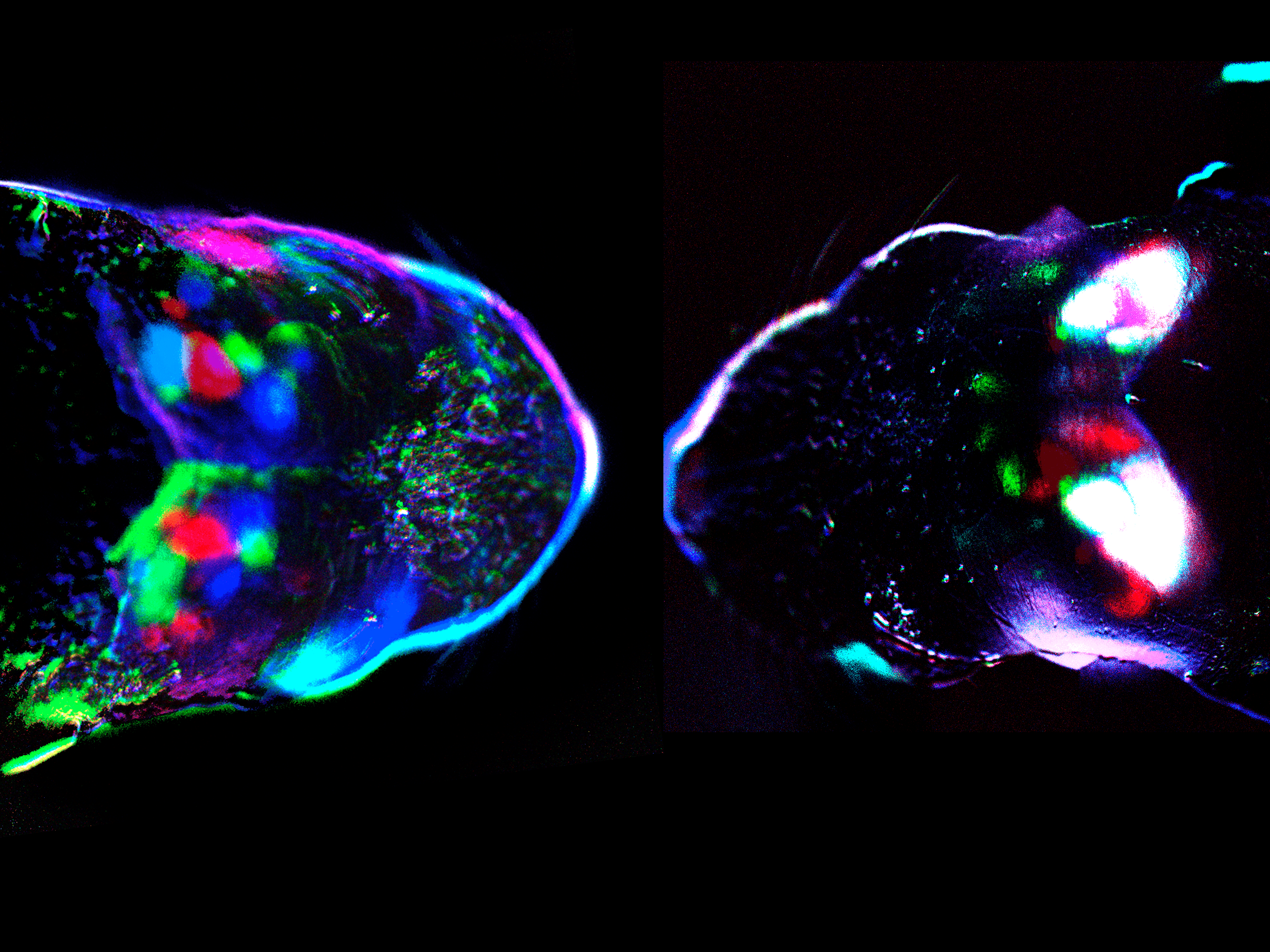
Cortical spontaneous activity at birth in a control mouse (left) and a mouse where retinal waves were blocked by carbenoxolone injection into the eye (right).
What have been your key findings so far?
We discovered that visual and somatosensory pathways emerge intermingled, and that they are separated at birth by waves of spontaneous activity originating in the retina. Importantly, we have found that the superior colliculus is actively participating in the construction of cortical circuits. Our results demonstrate that the superior colliculus mediates the timely segregation of sensory modalities in an input-dependent manner, channelling specific sensory cues to their appropriate sensory pathway.
What are the main implications of your research?
I think our findings challenge the way we think about how circuits are built. We didn’t know these processes were taking place and so we have opened a new arena of possibilities to dig into. There may be more functions of the superior colliculus that go beyond what was previously known. I think it will take a few years before we see the implications of our findings.
What’s the next piece of the puzzle your research is going to focus on?
We are going to dig into more cellular-specific circuitry in the superior colliculus and this is something we are starting to work on.
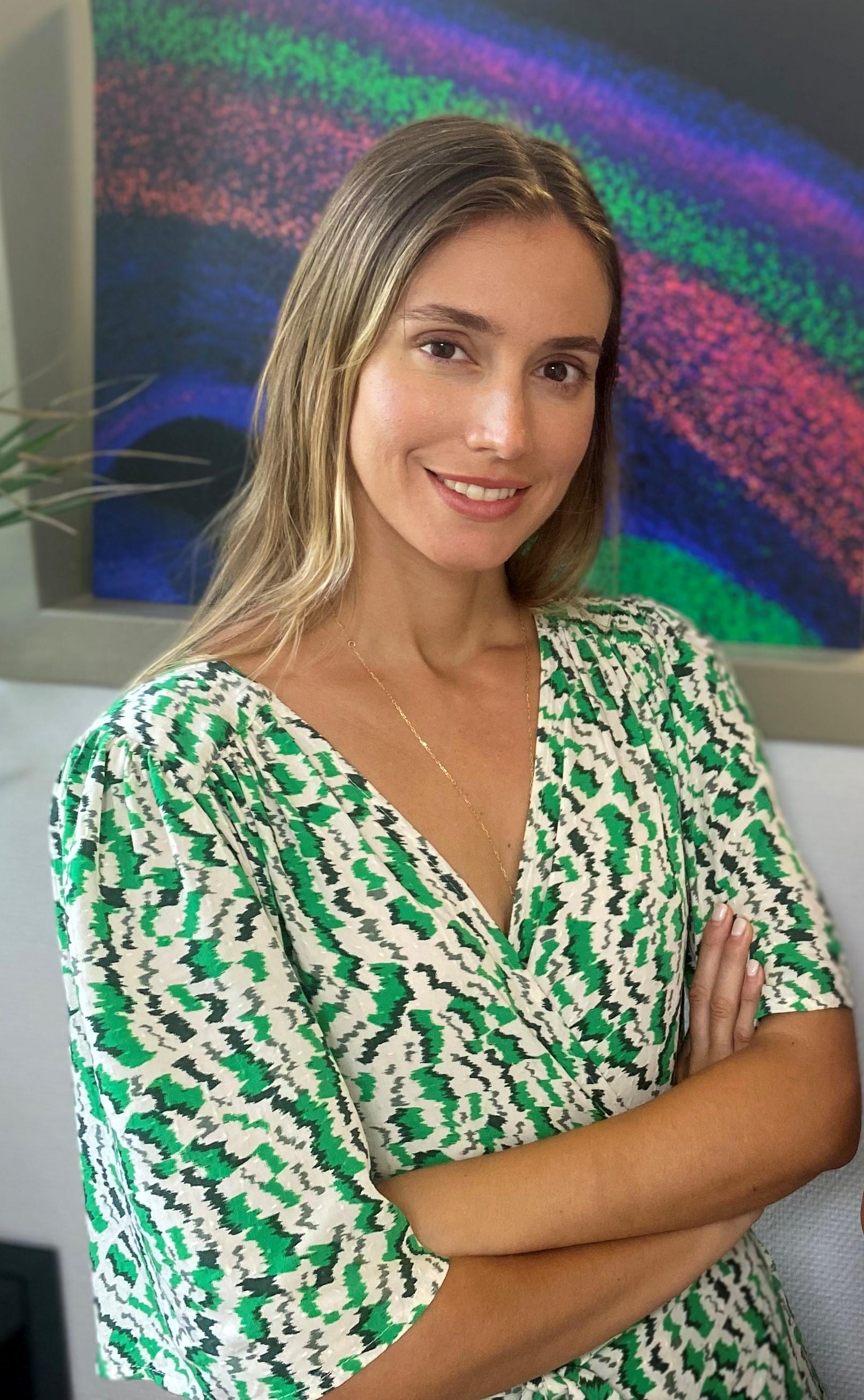
About Teresa Guillamón Vivancos
Teresa Guillamón Vivancos is a Postdoctoral researcher at the Instituto de Neurociencias de Alicante. A Fulbright scholar, she undertook her PhD at the Department of Anatomy and Neurobiology at Boston University, where she studied the contribution of the distinct precursor lineages to neuronal diversity in the neocortex.
In 2017, she joined the Lopez-Bendito lab to study the role of spontaneous activity in the development of sensory circuits. She demonstrated that somatosensory and visual circuits emerge intermingled in the mouse embryo, and that they require spontaneous activity from the perinatal retina to become independent from each other. Her current research aims to study the patterns and origin of spontaneous activity in the cortex and how it informs circuit formation in normal development and in disease.
